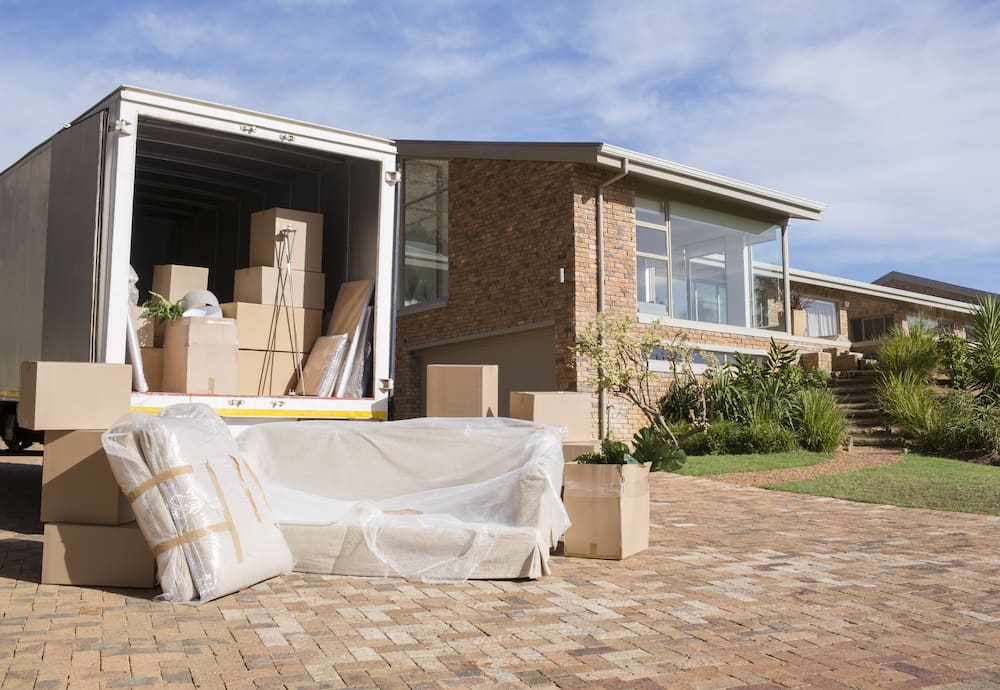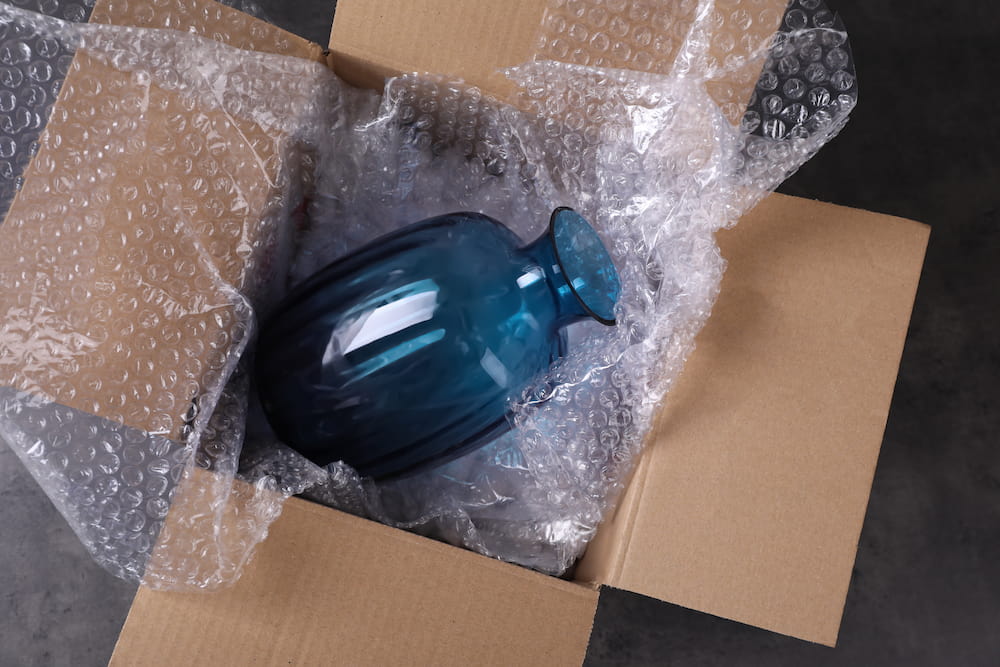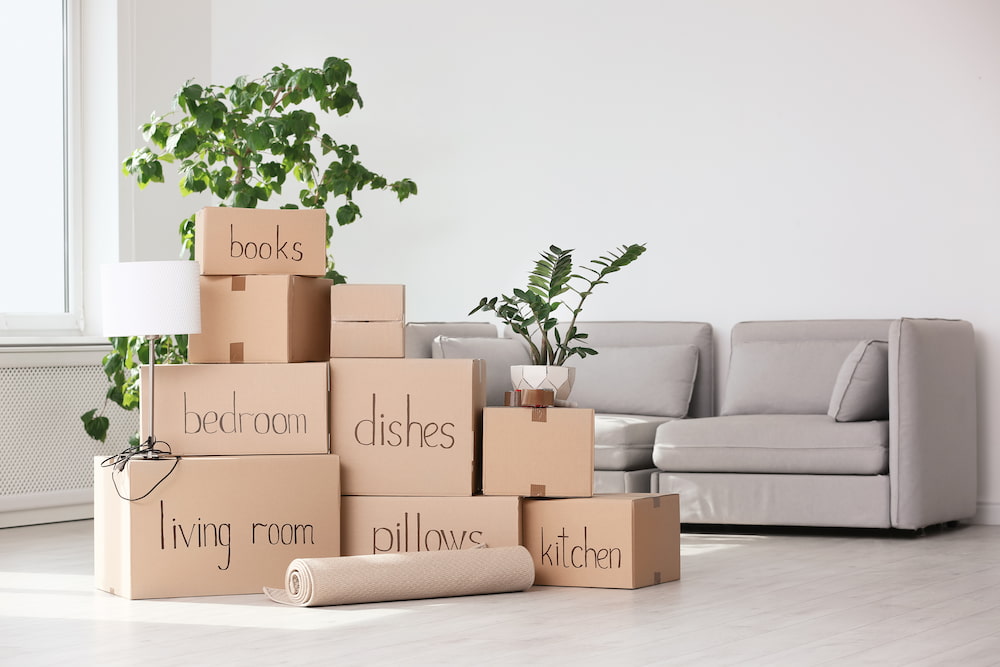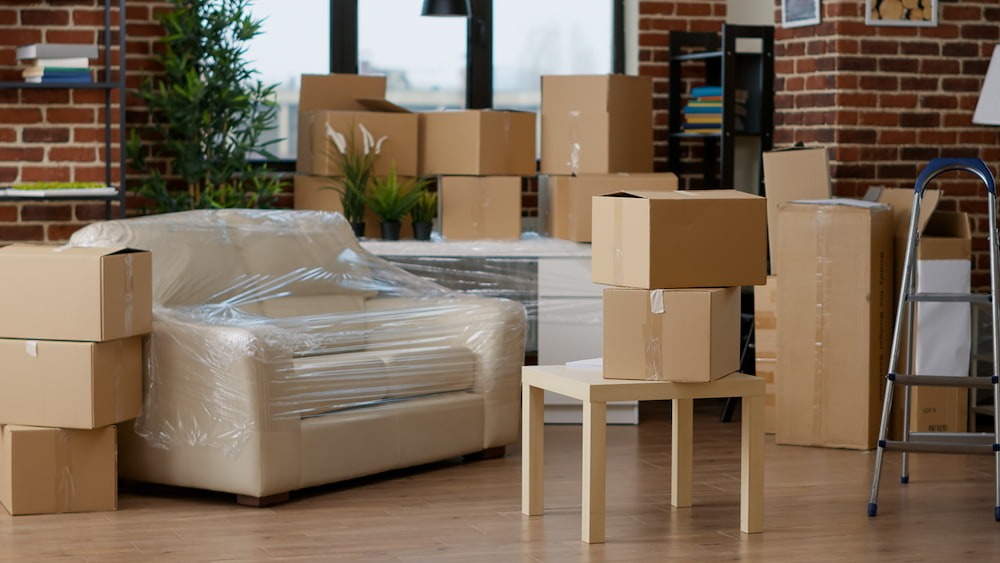5 Things to Remember when Moving and Packing

We've all been there. It’s moving day and suddenly the best-laid plans of neatly packing and organizing everything go out the window and chaos ensues. Stuff gets haphazardly wrapped in newspaper, thrown in boxes, or worse, just tossed in the back of the van, wrapped only in hopes and prayers. Suddenly, the only goal is to get it done and let the packing gods sort things out in the meantime.
This blog will look at some of the most common mistakes people make when preparing for a move, which can also include decluttering, cleaning out some closets or the garage, or moving items into a storage unit.
Here are the five things people need to remember when packing and moving:
- Planning
- Packing materials
- Stacking
- Labeling
- Storing properly
No. 1: Planning
Most people know they should have a plan, but failure to start as early as possible and follow through can derail plans before they even get started.
One of the biggest oversights is securing moving assistance. Whether you’re moving homes or moving items into storage, it’s important to have a plan for getting your items from one location to the other. Whether you’re relying on friends, renting a truck or van to do it yourself, or hiring professional movers, reach out as early as possible. Spring is often a busy time for storage facilities, so rental trucks may be harder to come by. Summer is the busiest time for moves, so if your plans involve a moving company, book as far ahead as possible.
If you’re moving residences, your plan should include address changes with the United States Postal Service, and utility transfers (don’t forget other essentials like cable and internet).
If you’re moving household items into storage, spring is often the busiest season, so make sure to take advantage of free, no-money-down reservations to ensure you’ll have the unit you need when the time comes.
Here are some things to include in your moving plan:
- Book a mover or reserve a moving van (as necessary)
- Invite friends (plan to compensate them very well)
- Buy boxes, quality packing tape, labels and packing supplies
- Pack non-essentials first
- Keep essentials until last
We’ve got more moving tips on our blog, including budgeting for moves, essentials to pack, and more.

No. 2: Packing Materials
One of the biggest packing mistakes is using the wrong packing materials or misusing them. If you’re a beginner, it can be tempting to use cheap packing material like newspaper or loose sheets of bubble wrap. But this will only lead to more damaged items and breakage when transporting your items.
Instead, opt for high-quality packaging that won’t tear or crack during transit. You should also make sure that the box has enough padding so that there are no sharp edges.
Also, make sure that the materials you are using won't damage items if you're keeping them stored long-term.
Packing Paper
Back in the day, the default packing material was newsprint. Everyone got the newspaper, so it was readily available, even though it wasn’t the smartest choice.
Common packing mistakes involve using newspaper as a packing material. While this may seem like a good idea, the black ink can rub off onto items, either temporarily or permanently staining them. Some items, like dishes, would probably just need a run through the dishwasher, but other items could be damaged more severely.
Instead, packing paper is an ink-free alternative that is suitable for protecting fragile items like dishes, glassware, valuable items, collectibles and more. There is also acid-free tissue paper available, which is great for protecting collector items, art and printed items, but is more expensive and less durable for delicate items than standard packing paper.
Other alternatives include bubble wrap, foam packing pouches and sheets, or quilted dinnerware containers. Less-than-fragile objects can be packed using linen, dish or bath towels, or clothing like socks and T-shirts to serve as a cushion between items.
Garments
Before every piece of clothing became wash-and-wear, freshly dry-cleaned clothing would often go right from the car to the closet, still wrapped in the plastic shroud the dry cleaner used. It seems like a great way to keep clothing dust-free over a long period of time, but if you’re still using this method to protect your clothing during moves, don’t do it!
Over time, these seemingly helpful dust covers can lead to issues such as yellowing, staining, mildew growth, and weakening of fibers, to name a few.
For moving, garment boxes are ideal. These sturdy boxes include a removable hanger bar, allowing clothes to go from closet to storage. Seal the box tightly to keep out dust and bugs for short-term storage. If long-term storage is needed, breathable garment bags should be used, and items should be stored away from direct light.
Of note: Placing a garbage bag over multiple hangers is a great way to gather lots of clothes into a manageable bundle and serves as a temporary dust cover, but don’t use this as a long-term solution, for many of the same reasons as dry-cleaner plastics.
Bubble Wrap
Bubble wrap is a great way to add additional protection to fragile items, but the question becomes, are you using bubble wrap correctly?
First, no matter how tempting, don't pop the bubbles ahead of time. At least not until the item has reached its permanent home.
Second, follow these instructions for correctly wrapping your items in bubble wrap to afford the greatest amount of protection. You'll find tips on how much to use (a lot), which side goes against the item (it's the bubbles), and more.
Packing Peanuts
Also on the list of adequate packing materials is packing peanuts. Unless you're not using enough of them, you're probably not using them wrong—it's the peanuts themselves that might be the problem.
Until recently, peanuts were made of Styrofoam, which did their job so effectively that packing peanuts were made by the ka-zillions. And therein lies the problem: there are so many of them that once they were no longer needed, they were tossed in the trash, eventually making their way to landfills where they stubbornly refused to decompose.
Now on the market are biodegradable packing peanuts, which are better for the environment (yay!) but come with a couple of concerns of their own. These starch-based packing peanuts can break down during use and create dust. They also weigh more, potentially increasing costs. More importantly, it's unclear if they will attract bugs or rodents over time, or if they can be damaged by humidity or moisture. Read the pros and cons of packing peanuts, if you're into that kind of thing.

No. 3: Labeling
Labeling is a critical area that people often get wrong. It’s important to label each box with a phrase or keyword that makes sense, as well as the date, so you have a clear picture of what’s in each box.
Even where you label a box can create issues. Affixing labels to the top, then stacking everything does no good whatsoever.
It’s important to label the sides of boxes, so the description of contents can be easily seen. Use colored labels that correspond with certain areas of a house (main bedroom) or function (kitchen items) for even faster reference. When stacking or loading the boxes in their final destination, make sure the labels are positioned outward to be easily read.
No. 4: Stacking and Loading
Stacking and loading issues can happen while moving or at your destination. Remember, heavier items and non-breakable items on the bottom, then increasingly lighter items as the stack grows.
When packing a moving truck or van, there is a preferred method for packing. This infographic, How to Load a Moving Truck, is a quick reference guide.
Improperly packed boxes can also cause issues. A half-full box with multiple boxes stacked atop can lead to toppling. The same can occur with larger loads atop smaller ones. Make sure you're packing boxes effectively to avoid issues.
Organize your storage unit
Especially in storage units, the temptation is to stack as high as possible to get the most out of the unit’s square footage. That’s great, just make sure that nothing dangerous or fragile is in danger of falling. One way to achieve this is by using shelves to stack boxes on.
It’s also important to build areas to walk or maneuver in a storage unit. This will remove the temptation of crawling over things to find the box that’s, invariably, all the way in the back of the unit. If time permits, organization experts also recommend creating a mini-map of a storage unit, diagramming where particular items are.
No. 5: Storing Properly
When it comes to storing the wrong items in relation to moving, it’s really about making sure that none of your day-to-day essentials or valuables get packed away. Instead, make sure to take a gander at this list of things you want to have close at hand as you move in. Nothing worse than arriving at your new house and realizing the toilet paper is buried toward the front of the moving van.
If you're putting items in storage, there is another set of considerations about what not to store. Food items are one of the biggest no-no’s in the storage industry. Perishables can attract pests and/or rodents, which in turn could lead to significant damage for everything in your storage unit.
Other items that are typically illegal to store include, firearms, gunpowder, illicit drugs, live animals, hazardous waste, fuel, explosives and toxic materials. Check out our full list of do’s and don’ts in regard to managing your storage unit.

FAQs
Q: What do movers consider to be the most egregious packing mistake?
A: Moving experts have many concerns, but they are primarily worried about the moving boxes themselves. Make sure items are adequately protected with padding or packing materials, that they aren’t too heavy and that they are labeled for the correct room.
Q: When do I need to hire professional movers?
A: This is really about your priorities. If your budget will allow, and you value convenience, hire movers to pack, load and unload and save yourself the stress. If you really need to save money, rent (or borrow) a truck and do as much of the work as possible.
Q: How far in advance should I schedule movers?
A: The consensus is that you should schedule movers between 12 and 8 weeks ahead of time.
Q: How much do I tip movers?
A: Tip a good moving crew between 15% and 20% of the total moving bill. If different load/unload teams are used, split your tip between them. Cash is a must. Quality of service and complexity of the move are two factors to consider.
Packing Up: No More Common Mistakes
Avoiding common packing mistakes and moving issues is easy if you know what to look for. Hopefully, this list will plant the seed for a successful move, whether it’s across town to a new apartment, across the country to a new home, or even just into a storage unit so you have more room to grow in the rooms you already have. Find the nearest Store Space storage facility near you by using our storage location finder. From easy rentals and convenient features to affordable rates an more, we strive to give you the best self-storage experience possible.







